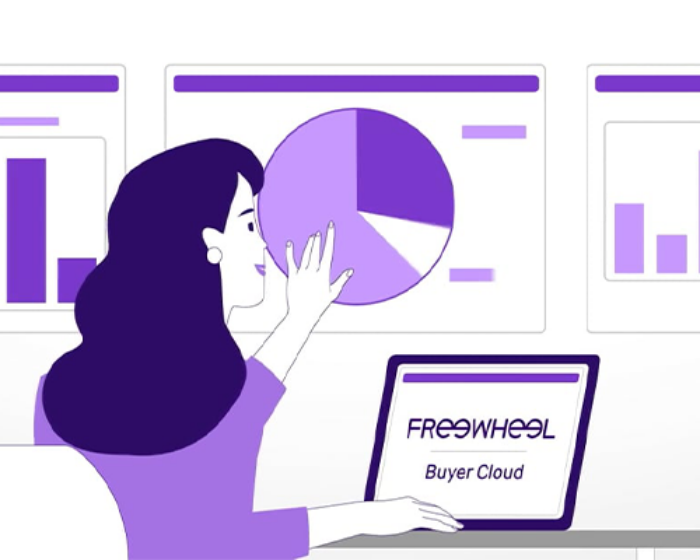Today’s cross-platform, multiscreen TV ecosystem is in a state of continuous innovation. Now more than ever, the tech, buy-, and sell-sides of the industry all must remain nimble and proactive to maximize strategies that complement consumers’ needs. From our unique vantage point, FreeWheel has compiled the top five factors we see shaping the industry throughout 2023 and beyond.

Mastering the Mix: The Art (and Science) of Converged TV Buys
“TV” as we know it has evolved substantially over the past few years: the premium, professionally produced, and brand-safe content audiences and advertisers love, now spanning linear and streaming platforms. As viewership continues to fragment across screens, increasingly shifting toward CTV and OTT, it’s imperative for advertisers to be able to reach their total TV audience where they are. Investing in converged TV (linear and streaming together) is no longer just a ‘nice-to-have’ strategy. Instead, converged TV buys are necessary for advertisers to maximize the value of TV and drive full-funnel business goals. To make this as seamless as possible, the industry must come together once and for all to agree on a common currency for transacting on converged TV content as effectively and efficiently as possible.

Go Deeper Than the Demo
In the current media landscape, the power of choice reigns supreme. That is, with more options than ever, consumers are now fully armed with the ability to watch content exactly when, where, and how they prefer. Advertisers can no longer settle for buys that only target viewers by broad categories; the audience watching does not matter if that “who” is not authentically engaging with a brand’s messaging. Converged TV has become a powerful performance medium, as beneficial for delivering lower-funnel results like online or offline sales as it is for achieving considerable brand awareness. Enhanced data-driven capabilities, including continuous measurement and optimization, must be front and center of all transactions so advertisers can find specific, responsive audiences across platforms that go beyond traditional demographics.

Go FAST or Be Last
FAST (free ad-supported streaming TV) channels are continually gaining traction, even among an increasingly crowded media landscape. FreeWheel’s latest Video Marketplace Report reveals that FAST channels are now accounting for an impressive 50% of total OTT viewership and 29% of total ad views. This is unsurprising, considering FAST’s “triple win factor”: a cost-effective way to watch content without a paid subscription (for consumers), more platforms distributing live and on-demand content (for the sell-side), and a way to find and engage with audiences who would rather watch ads than pay a higher fee for an ad-free experience (for the buy-side). Especially considering any economic headwinds that may lie ahead, media owners will need to prioritize FAST platforms or tiers for the benefit of all sides of the industry—or risk losing out in the “streaming wars” altogether.
FAST channels account for:
Source: FreeWheel U.S. Video Marketplace Report 1H 2022. The Rise of Programmatic.

Prioritizing the Ad Experience Is Non-Negotiable
Putting the consumer first is often discussed as key to any successful media strategy. But as long as audiences are burdened with repetitive, invasive, or altogether irrelevant ads that risk deterring them from a brand (not to mention a specific linear network or streaming service), this consumer-first mentality is not being put into action. Advertisers need to prioritize actively improving the ad experience through a heightened focus on targeting only the most receptive audiences. Consumers will not remain loyal to platforms or advertisers that do not work to earn their valuable time and money by creating a more enjoyable viewing experience.

Accelerated Automation and Trust Are Critical to Moving Forward
Moving forward, automation within the converged TV space will continue to be on the rise. Programmatic is no longer a dirty word. According to eMarketer, 2022 was the first year in which video outpaced non-video in programmatic ad spending, with connected TV proving to be the main driver of this shift—one that’s expected to continue. Moreover, programmatic is increasingly offering an enormous opportunity to unlock better targeting, measurement, and attribution capabilities that can establish more targeted messages so advertisers can maximize business outcomes. For programmatic to reach its full potential for premium video, mutual trust and collaboration across the industry are vital. Buyers need and deserve to have trust in what’s being delivered and how it’s being measured, just as sellers need to know their inventory is consistently represented and monetized correctly.



